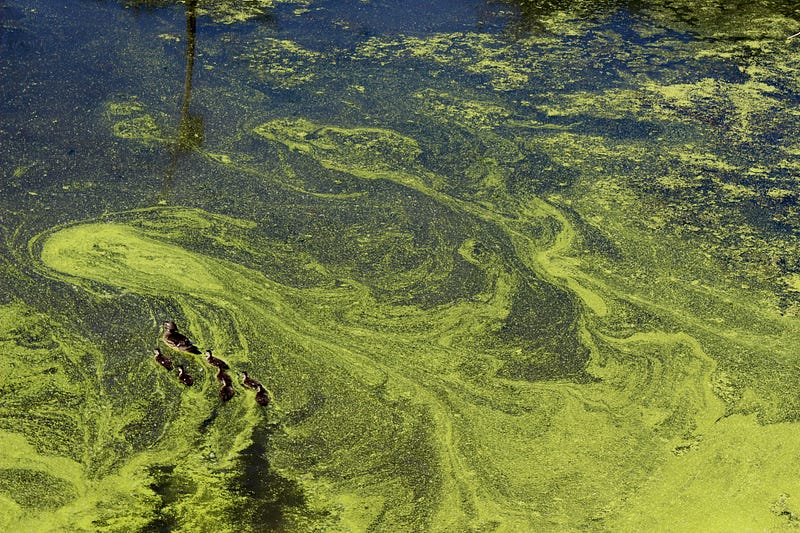Will Plankton Overwhelm Our Oceans? Understanding Algal Blooms
Written on
Chapter 1: The Basics of Phytoplankton and Algal Blooms
At the foundation of aquatic ecosystems lies a group of microscopic organisms known as phytoplankton. These tiny algae can experience rapid population growth, often referred to as "blooms," when environmental conditions change.

While an increase in phytoplankton may seem beneficial—providing food for fish and other marine life—there's a troubling aspect to these blooms known as harmful algal blooms (HABs).
HABs are capable of producing toxins that can accumulate up the food chain, endangering both marine organisms and humans. Furthermore, when these dense algal blooms decay, they can lead to oxygen depletion in water bodies, resulting in "dead zones" that devastate marine ecosystems and coastal communities. This situation is exacerbated by the runoff of fertilizers into oceans, which can inadvertently promote these blooms.
Recent research has sought to clarify the global trends in algal blooms, utilizing data from NASA satellite imagery to track changes from 2003 to 2020.
Section 1.1: Mapping Algal Blooms
So, where and how often do these phytoplankton blooms occur? Have they become more intense or expanded in geographic reach?
To develop a comprehensive dataset on algal blooms, researchers relied on daily observations from the Moderate Resolution Imaging Spectroradiometer (MODIS) aboard NASA’s Aqua satellite. They defined a bloom as the accumulation of algae at the ocean surface that exhibits detectable fluorescence. This method was validated against independent satellite samples and historical data on harmful algal blooms.
Subsection 1.1.1: Global Observations
Out of 153 coastal nations studied, 126 were found to experience phytoplankton blooms. The affected area totaled approximately 31.47 million square kilometers, representing about 9% of the total ocean area, with an average of 4.3 blooms per year over the last two decades.
The largest areas impacted were in Europe (9.52 million km²) and North America (6.78 million km²), while Africa and South America showed the highest frequency of blooms, averaging more than 6.3 annually. Conversely, Australia was the least affected region.
Chapter 2: Trends and Drivers of Algal Blooms
The phenomenon of algal blooms has not only increased in area but also in frequency. Over the observed period, the global area impacted by these blooms expanded by 3.97 million km² (13.2%), with 1.6 times more countries experiencing an increase in bloom frequency than those seeing a decline.
The study also revealed distinct patterns in bloom frequency trends, with an overall rise in the southern hemisphere and a decline in low-latitude regions of the northern hemisphere.
The researchers examined the relationship between sea surface temperature (SST) and the occurrence of algal blooms across various regions. In several high-latitude areas, warmer waters correlated with increased bloom frequency. However, this was not the case in tropical and subtropical regions, where changes in ocean currents and nutrient distribution were more significant.
Additionally, global climate patterns, such as El Niño and La Niña, along with human activities like fertilizer application and aquaculture, have influenced these trends.
Final Thoughts: The Future of Our Oceans
The findings suggest that while there may be more frequent and larger blooms, this is not uniform across all regions. Changes in SST, ocean circulation, and human-induced nutrient enrichment appear to significantly affect algal bloom dynamics globally.
Nonetheless, this satellite-image methodology has its limitations, as it cannot capture certain ecological responses or smaller, short-lived blooms that may still pose risks.
This research lays the groundwork for assessing the potential risks and benefits associated with algal blooms, and it could inform future management and policy decisions regarding ocean health.